We are truly spoiled for choice these days if it comes to high quality 28mm Republican Romans and their enemies. They not only come in ‘heavy metal’, for instance Relic Miniatures’ offerings, but Victrix recently added to existing ranges with their injection plastic Punic Wars range. All these ranges have one thing in common: They are all more or less heroic scale, some more on the ‘chunky’ side, others with more realistic proportions.
Agema Miniatures, a small company based in the United Kingdom, could be called the Minden Miniatures of ancient ranges. They are to my knowledge the only company that provides Republican Romans and Carthaginians with such realistic proportions and an almost classical beauty to their sculpts. Notably they offer injection plastic, metal and resin miniatures, combining the advantages of all three materials. Reason enough to review their plastic and resin Republican Romans range, conversion kits to create Hannibal’s Veterans and a selection of their metal character models.
This three-part review will first focus on the scope of the range to date, sculpting quality, poses, casting quality, historical accuracy, conversion potential, customer service and value for money. In the second instalment we put Agema Miniatures’ Greg to the question. Finally in part three I will present painted examples with some notes on the colours and techniques used.
Scope of the Range
So far Agema Miniatures released two injection plastic sets: Republican Roman Legionaries and Velites. In addition command and character packs cast in metal and resin are on offer to add some interest to the plastic rank and file. The metal range also covers Slingers, Penal Legionaries, Cretan Archers and Early Republican Leves.
As far as Roman Infantry is concerned the range is thus complete and one can easily built an entire army using Agema Miniatures alone. The Legionaries box allows to built 16 Principes, 16 Hastati and eight kneeling Triarii. In addition single sprues with one kneeling Triarius and four Principes or Hastati can be bought. Unamoured Cavalry was recently released and auxiliaries, such Italians allies can be depicted using a head and shield conversion kit.
What about Rome’s enemies? So far the Carthaginian range is limited, but offers enough variety to field a skirmish force. The Hannibal’s African Veterans box is a recent release and allows to built 21 Lybian spearmen. However, this only works for the invasion of Mainland Italy given the Roman equipment. Earlier stages of the war (and the First Punic War) are covered by metal Liby-Phoenician spearmen supplied with seperate aspides. Scuta (and soon thureoi) can be bought in separate packs, allowing to depict veteran spearmen in linothorakes and with thureoi. An impressive command set rounds the Carthaginian core troops off, featuring an officer wearing a lion pelt.
Numidian cavalry is on offer, but Carthaginian cavalry is not yet released. Allies such as Gauls and Iberians are missing, too. However, it seems 2021 is the year of the Gauls. This is more of a problem for Carthage than it is for Rome, given their reliance on mercenaries. Again, combining the metal heads and Velites provides an effective way to create Numidian skirmishers and the Italian heads can also be used with both Velites and Legionaries to depict Italians that joined Hannibal. Unfortunately only three Numidian heads are featured on the head sprue, but maybe they can be repackaged as a Numidian conversion kit in some point. Carthaginian War Elephants are also available, both in metal and resin. An important addition for any Carthaginian army and surely a centre piece on any table.
Verdict
The scope of the range is at present well positioned for skirmish forces. Adding Iberian Scutati and Gauls to the range would make it possible to field either a Roman or Carthaginian infantry-heavy army.
Sculpting Quality
The sculpting quality is excellent throughout the range, no matter if we look at plastic, resin or metal. Naturally there are some differences between the materials. In general the injection plastic and resin miniatures are best in terms of proportions. They offer reasonably sized heads, arms and legs, even though the Velites legs look very muscular and in some cases, depending on helmet and hair style, it appears that their heads are just a bit on the small side. Thinner legs might have resulted in stability issues, so this might be a limitation of the material and concession to the needs of gaming pieces. The heads do not have the usual overemphasised features of other ranges, which might conflict with viewing habits (in my opinion in a good way) and lead to the perception mentioned above. This is not the case with the legionaries, metal and resin characters, so it might have to do with the close fitting helmets the Velites are equipped with.
Unfortunately some of the plastic legionaries crests are not fully textured. However, this can be rectified with a needle tool. Apart from this minor shortcoming details are very crisp and well-defined and especially the subtle details really elevate the miniatures to pieces of art: The finger position of the throwing arms allowing a realistic placement of the pilum or the metal Princeps drawing his sword with a turned wrist, are both telling examples for the sculptor’s mastery of human anatomy.
The metal miniatures are slightly ‘chunkier’ than the plastic and resin ones, but the difference is negligible. It becomes apparent when one compares the thin and elegant plastic feathers on the helmets, scuta and pila (however, Polybios speaks of heavy pila, which could well be depicted) with their metal counterparts. Naturally there is an easy fix: If there is need the metal feathers could be replaced with some spare plastic ones, but stability might be an issue. There may be more pila than you need on the sprues if you build Triarii, so these could be used for the metals, too. The same might be true for the scuta, assuming you convert some of your legionaries to other troop types. You could also grind them down with a Dremel if this is of concern to you. On the gaming table the difference is not very apparent. It would be wonderful if pila and scuta are sold separatly, but this might not be practical for Agema Miniatures.
Verdict
The sculpting quality is excellent and the style internally consistent. The miniatures are well proportioned and have a classical beauty to them that reminds me of sculpture. Very fitting for an ancients range. Especially noteworthy are the characterful faces, There is one minor issue with some of the plumes given they are not entirely textured, but this can be easily fixed.
Poses
Injection Plastic rank and file
While the injection plastic legionaries and Velites are very good proportion wise, the possible poses are not very dynamic. I presume for the rank and file ‘at-the-ready’ poses make more sense. Here resin and especially the metal can trump the plastic. Still, the sprues allow a variety of arm and head positions, some hands open, some holding a sword, some a spear to equip the Triarii. It is also commendable that the legionaries and especially the metal character models are depicted with the shield arm facing forward and not, as it is sometimes the case, to the side or behind the miniature, compromising the shield’s defensive capabilities. By design Triarii can only be built kneeling, however, it is feasible to use the arm holding a hasta with a standing legionary (replacing the hasta with a wire spear). Likewise the kneeling pose could be used with a sword wielding arm to depict a soldier fending of a missile attack. This slightly reduces the utility of the set, but I do not think this is a problem, especially in combination with the standing Triarii metal characters.
Metal characters
The metal characters offer a beautiful mix of believable and extremely dynamic poses. I don’t think there is something comparable available in 28mm: Legionaries engaged in battle thrust their sword or are in the process of throwing their pilum; one can see both the tension on their faces and in their muscles.
Verdict
The poses are convincing, realistic and varied. Combining plastic and metal models allows for a very dynamic battle line with no model looking exactly the same. Plastic Triarii are only depicted in a kneeling pose, which reduces the utility of the set slightly. Still, overall an excellent selection of poses is provided.
Casting Quality
The casting quality in all the materials is outstanding with minimal flash. The plastics clean up with ease and the fit is excellent. I did not encounter inconvenient placement of flash lines. The parts can be easily cut from the sprue, however, the Scuta are prone to edge damage if one is not careful.
Some of the Velites bodies do have a slight casting artefact that looks like a light surface scratch. I don’t think it can be noticed when painted, but you could always use some surface primer and filler to correct this. I asked Greg and he indicated that this imperfection is a consequence of the plastic moulding process.
Some of the metals show signs of slight mold slippage, but nothing that cannot be easily corrected.
My Veles leader had some light surface damage on his shield where, so I presume, an air vent was attached. Once again, this can be fixed in seconds with some greenstuff.
Verdict
Apart from minor issues that can be found with any producer, such as casting artifacts, the casting quality in all three materials can only be commended, Preparation for painting is easy, the fit of parts is excellent and the plastic sprue layout is very good.
Historical Accuracy
The range covers the 3rd to 2nd century BCE with a clear focus on the Second Punic War. I would recommend using them for this conflict, but the war against Pyrrhos, the First Punic War and the conflicts up to the destruction of Carthage can also be depicted.
Hastati, Principes, Triarii
What we know of middle-republican Roman military equipment is based on a famous section in Polybios’ Histories and scant archeological evidence. Due to its importance I give the Polybios section in full, against I will assess the historical accuracy of the miniatures.
Textual evidence
The second rank, the Hastati, are ordered to have the complete panoply. This to a Roman means, first, a large shield (θυρεός), the surface of which is curved outwards, its breadth two and a half feet, its length four feet,—though there is also an extra sized shield in which these measures are increased by a palm’s breadth. It consists of two layers of wood fastened together with bull’s-hide glue; the outer surface of which is first covered with canvas, then with calf’s skin, on the upper and lower edges it is bound with iron to resist the downward strokes of the sword, and the wear of resting upon the ground. Upon it also is fixed an iron boss, to resist the more formidable blows of stones and pikes, and of heavy missiles generally. With the shield they also carry a sword (μάχαιρα) hanging down by their right thigh, which is called a Spanish sword. It has an excellent point, and can deal a formidable blow with either edge, because its blade is stout and unbending. In addition to these they have two pila, a brass helmet, and greaves (περικεφαλαία χαλκῆ καὶ προκνημίς). Some of the pila are thick, some fine. Of the thicker, some are round with the diameter of a palm’s length, others are a palm square. The fine pila are like moderate sized hunting spears, and they are carried along with the former sort. The wooden haft of them all is about three cubits long; and the iron head fixed to each half is barbed, and of the same length as the haft. They take extraordinary pains to attach the head to the haft firmly; they make the fastening of the one to the other so secure for use by binding it half way up the wood, and riveting it with a series of clasps, that the iron breaks sooner than this fastening comes loose, although its thickness at the socket and where it is fastened to the wood is a finger and a half’s breadth. Besides these each man is decorated with a plume of feathers, with three purple or black (φοινικοῖς ἢ μέλασιν; that is purple-red or crimson and black or dark) feathers standing upright, about a cubit long. The effect of these being placed on the helmet, combined with the rest of the armour, is to give the man the appearance of being twice his real height, and to give him a noble aspect calculated to strike terror into the enemy. The common soldiers also receive a brass plate, a span square, which they put upon their breast and call a breastpiece (καρδιοφύλαξ), and so complete their panoply. Those who are rated above a hundred thousand asses, instead of these breastpieces wear, with the rest of their armour, coats of mail (καρδιοφύλακος σὺν τοῖς ἄλλοις ἁλυσιδωτοὺς). The Principes and Triarii are armed in the same way as the Hastati, except that instead of pila they carry long spears
(Plb. 6.23)
In terms of defensive weapons the legionaries feature a thureos or suctum with characteristic umbo and reinforced top and bottom edges, an absolutely sensible choice that is in accordance with pictorial depictions and the shields found at Kasr el-Harit and Dura-Europos (see Connolly, 1981, 132 for a drawing of the find).
Pictorial evidence
The monument of Aemilius Paulus features depictions of soldiers wearing mail shirts cut to the shape of a Greek linothorax, belted at the waist. Two miniatures per sprue follow this example. Dated to 167 BCE the monument commemorates the victory at the battle of Pydna. It stands to reason that the armour depicted could be representative of styles used some decades earlier.
Another pictorial depiction of Republican Roman military equipment is the Statuary group base of Domitius Ahenobarbus. The base features a bas-relief, depicting the different stages in a census of the Roman citizen body. Of interest for us is the Purification of the Army in the centre and The Levy of the Army to the right. The former depicts common soldiers equipped with Scuta, chainmail as well as Montefortino style helmets.
Defensive weapons
Two miniatures feature a mixture of round and rectangular pectorals. While rectangular pectorals are often mentioned in literary sources, a round bronze disc found at Numantia could be a round pectoral (cf. Bishop & Coulston, 1993, 59). One of the bodies depicts a soldier that wears two pectorals on front and back on what appears to be a padded or quilted west, potentially a subarmalis.
One of the metal command miniatures is a truthful recreation of a figure represented on the Ahenobarbus base as part of the Purification of the Army scene in the centre.
It might show a personification of Mars overseeing the ritual in full armour standing to the left. The armour appears to be a linothorax style west possibly with a pectoral on the front, but it is hard to make out. Sekunda assumes this to reflect an armour worn by a senior officer (Sekunda 1996, 4). Given the pose of the figure similarities to depictions of Mars on coins are evident, and it is not uncommon that Mars was depicted dressed as a soldier. However, we have to take into account that the relief is dated to 122 BCE, possibly reflecting a later style of armour or being an idealised depiction of a god. Nevertheless, given the lack of sources the choice of armour for a senior officer is sensible and well executed by Agema. Another option would have been a full muscle cuirass that some of the Triarii metal characters wear.
Each sprue offers seven Montefortino and three Italo-Corinthian helmets with scallop-shape cheek pieces and neck guard. This is a sensible choice as the Montefortino style was more prevalent with the Italo-Corinthian helmet being more popular in Campania and Apulia (cf. Sekunda, 1996, 7).
They wear a snap on greave on the left leg, which is in accordance with the singular use of the word by Polybios (προκνημίς) and Livus (9.40.1-3) as well as a section in Arrian’s The Art of Tactics describing the Roman fashion to wear only a single greave on the leg that was thrust forward in battle (1.3.5).
Offensive weapons
Thus the Roman defensive weapons are all accurately rendered as far as they can be reconstructed. This is also true for offensive weapons. Light pila (represented by the injection plastic pila) and heavy pila (represented by the thicker metal ones, if you want to interpret it like that) are provided (see Sage 2008, 80 for a discussion of the different forms of pila and also Bishop & Coulston, 1993, 50), hastae and three different types of swords with matching sheaths: a greek kopis or maybe Spanish falcata, a greek xiphos and a gladius hispaniensis (see my article on Iberian troops for more information on the latter sword type). All three are sensible choices for the period, especially taking into account that weapons were often inherited or spoils of war and trade networks throughout the mediterranean existed.
None of the miniatures feature baldrics as no evidence exists for such a suspension system used by Romans, however, the metal and resin miniatures feature a belt the sword is fastened to with a leather strap. In case of the injection plastic miniatures it would thus be necessary to add a small strip of greenstuff to depict this suspension system, but they work very well without as the sword will be attached close to the belt.
Velites
In his description of the Roman army Polybios also provides some information about the Roman light troops, the Velites:
The youngest soldiers or Velites are ordered to carry a sword, spears, and target (πάρμη). The target is strongly made, and large enough to protect the man; being round, with a diameter of three feet. Each man also wears a headpiece without a crest (προσεπικοσμεῖται δὲ καὶ λιτῷ περικεφαλαίῳ); which he sometimes covers with a piece of wolfs skin or something of that kind, for the sake both of protection and identification; that the officers of his company may be able to observe whether he shows courage or the reverse on confronting dangers. The spear of the velites has a wooden haft of about two cubits, and about a finger’s breadth in thickness; its head is a span long, hammered fine, and sharpened to such an extent that it becomes bent the first time it strikes, and cannot be used by the enemy to hurl back; otherwise the weapon would be available for both sides alike.
Plb. 6.22.1-4
The Velites do not wear body armour, but a simple Montefortino style helmet with cheek guard, but without crest. They wield shorter pila, a short sword or dagger and a spineless parma. Some of the heads feature a wolf head worn on top of the helmet. These can be used alone or in combination with the wolf pelt to depict a coat. Based on the evidence available to us, all these choices are very sensible.
With regard to the helmet it is only possible to make an educated guess what concerns the ‘proper’ appearance of the headpiece. Greg assumes “the state would have mass-produced them for the Velites, given their social standing as the youngest / poorest of the Legio and therefore unable to afford their own equipment.” A small bronze statuette in the Villa Giulia could represent a Veles, but the detail is too rough to allow any conclusive remarks about the apperance of equipment (cf. Sekunda, 1996, 13).
Hannibal’s Veterans
With regard to Hannibal’s Veterans the legionaries box provides a good basis to depict these troops. According to Polybios (Plb. 3.114) the Carthaginians equipped themselves with Roman arms after Cannae or possibly already after Ticinus.
It is likely that chainmail would have been amongst the most sought after equipment, but other styles of armour will have been looted, too. For variety it might be a good idea to add some metal Liby-Phoenicians with linothorax and thureos to account for soldiers that kept their old equipment.
In as much the Veterans adopted a single snap on greave on the left leg is open to debate, but not unlikely, presuming they did not already use them. This could pose a problem for some collectors, if they feel the need to add a second greave with greenstuff.
Scuta or thureoi seem to be both a sensible choice, depending on the needs of the individual soldier to replace his shield after battle. I do not believe that the spearmen re-equipped and re-trained with Roman weaponry such as pila and swords as primary weapons, but looting of swords as secondary weapons and use of Montefortino or Italo Corinthian helmets is very likely. The Roman sprues do not offer enough spears and some hands would need to be drilled and swords removed to depict them all as spearmen if you follow my interpretation.
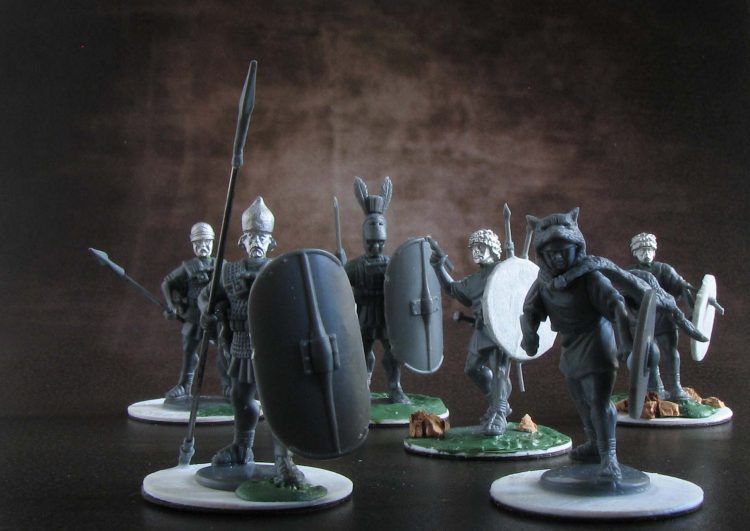
It becomes apparent that apart from using a spear the Romans and Carthaginians would look very similar. Greg thus added some variety in form of the heads, featuring a number of different helmet styles and bearded faces that feature a North African physiognomy. Apart from one Italo Corinthian helmet, a Thracian helmet and some pilos style helmets (sometimes also refered to as Assyrian type helmets) are featured as well as bare-headed Numidians with their characteristic hair style, based on depictions on Trajans column. Archeological remains of a conical helmet with embossed ears from El-Soumaa dated to the second century BCE exist (cf. Salimbeti & D’Amato, 2014, 34), suggesting that older types of helmets were still in use. It would have been good to include some heads with North African physiognomy wearing a Montefortino style helmet, but this might have been too similar to the Roman heads.
Overall looking at literary sources and pictorial evidence such as the Chemtou relief in Tunesia (even though of Numidian origin and possibly idealised) or the Cirta stelae the box allows to build a convincing unit of Hannibal’s veterans.
Verdict
The miniatures represent well the troops of the Second Punic War and are in accordance with current research. I also welcome Greg’s philosophy to break with stereotypical depictions of certain troop types emphasising the often heterogeneous composition of defensive and offensive weapons, including anachronistic weaponry that was inherited from father to son or acquired through other means such as looting or trade.
Conversion Potential
The conversion potential of the plastic miniatures is high. All sprues can be combined to add variation and with the metal heads, shields and spears sold separately even more variation is possible. For my Punic Wars skirmish project I converted a number of the legionaries to veteran spearmen and some of the velites to Numidian skirmishers. Due to the excellent fit of arms and heads this was easy and required only minimal gap filling and in one case a bit of sculpting to make a tunic sleeve flow more naturally.
Naturally it does not stop with swapping weapons and heads between sets. I used some bits for my Frostgrave warband and replaced lumpy weapons and also made good use of sword hilts as well as entire arms.
That said, due to the sculpting style it might be hard to combine the miniatures with offerings by Victrix and other producers, but I saw examples where people successfully combined the two styles. In the same way it might be problematic to field them in the same unit as other manufacturers’ models. I feel that Relic Miniatures and Agema will go well together, as the former have a comparable style. You might thus need to build an entire army using Agema boxes, but given the ever-increasing synergies between sets, this is not a problem for a Roman army, but at the moment options for the Carthaginians are limited.

Verdict
The conversion potential between Agema sets is very high and the sprues contain many useful bits that are a welcome addition to other sets on the market. However, combatibility may be limited due to Agema’s sculpting style and the range of spare parts that could be used with other sets is limited.
Conclusion
Agema Miniatures’ Republican Romans and Carthaginians are an excellent addition to existing ranges. The range is already well developed for the Romans, but would benefit from more releases of allies and enemies of Rome. If you are looking for an affordable range in a more realistic non-heroic style that offers dynamic poses and a high degree of historical accuracy, Agema’s offerings are the right choice .
Reviews by other Bloggers
We all know that opinions differ and no review can reflect all possible takes on a kit. In addition reviews have an element of opinion in them and cannot be entirely objective. Thus I collected some links to other bloggers that reviewed Agema sets. This way you can make an informed decison.
1000 Foot General Velites Review – this one features some comparison shots with War Games Factory Romans.
1000 Foot General Republican Roman Legion Review
Battlebrush Studios Velites Review – Features an excellent paintjob on these chaps, too.
Blackpowder Games Republican Romans Review – Choice pictures of painted command miniatures
Dreispitz Blog Velites Review – Features comparison pictures with Warlord Romans
Trouble at T’Mill Velites Review
And finally a YouTube review by Zen Miniature Painting:
Disclaimer
Greg was so kind to add some Carthaginian heads and legionary sample sprues to my order of a box of Velites and metal characters for this review. However, I am in no other way associated with Agema Miniatures and strive to provide a fair review that showcases strengths and weaknesses of the range.
Primary Sources
Arrian. Arriani Nicomediensis Scripta Minora. Rudolf Hercher & Alfred Eberhard [Ed.]. Leipzig: Teubner, 1885.
Livy. Books VIII-X. Benjamin Oliver Foster [Trans.]. Cambridge, Mass.: Harvard University Press, 1926.
Polybius. Histories. Evelyn S. Shuckburgh [Trans.]. London, New York: Bloomington, 1962.
Quintus Ennius. Annalium Fragmenta. E.H. Warmington [Ed.]. London, 1935.
Secondary sources
Bishop, M. C. & Coulston, J. C. N. (1993). Roman Military Equipment. London: Batsford.
Connollony, P. (1981). Greece and Rome at War. London: Macdonald Phoebus.
Sage, M. M. (2008). The Republican Roman Army a Sourcebook. New York: Routledge.
Salimbeti, A. & D’Amato, R. (2014). The Carthaginians 6th–2nd Century BC. London: Osprey.
Sekunda, N. (1996). Republican Roman army 200-104BC. London: Osprey.
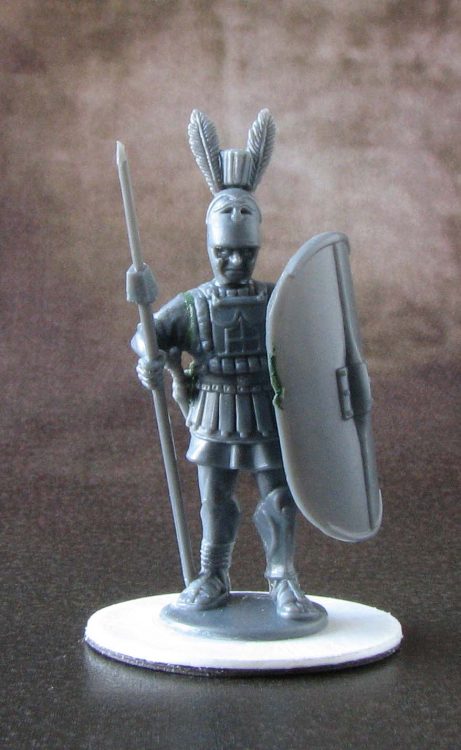
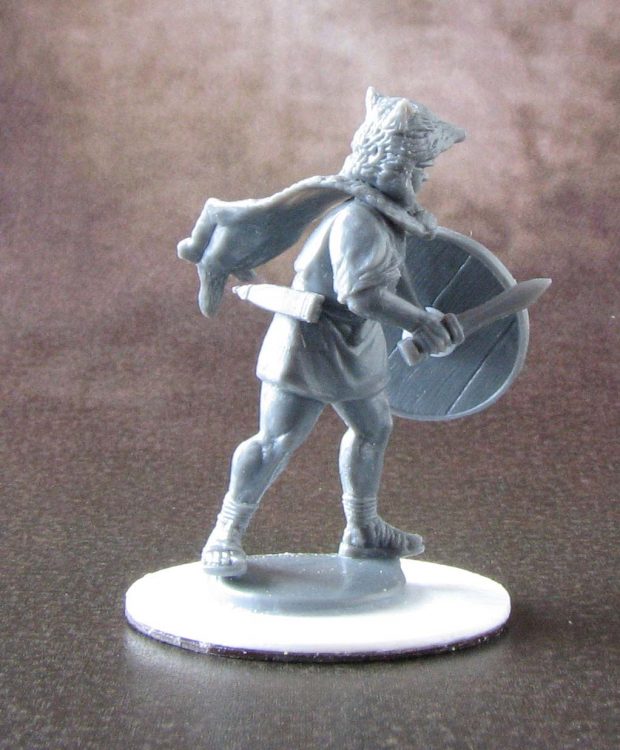
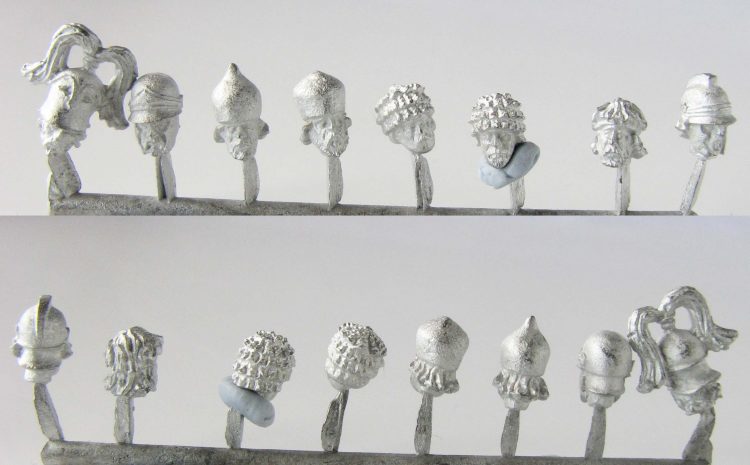
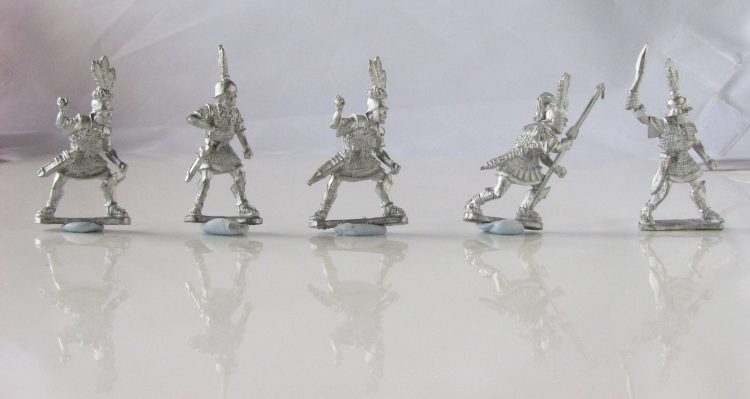
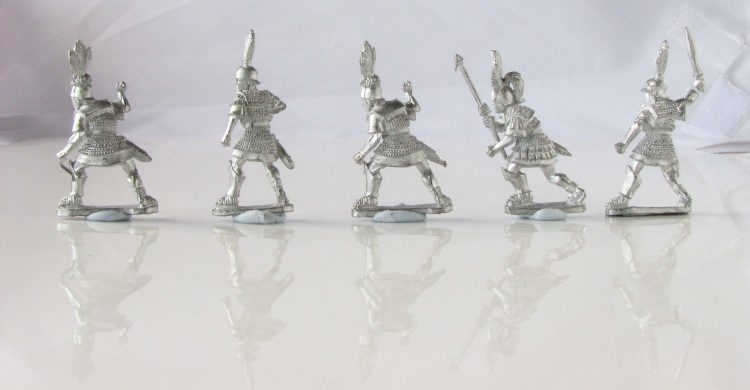
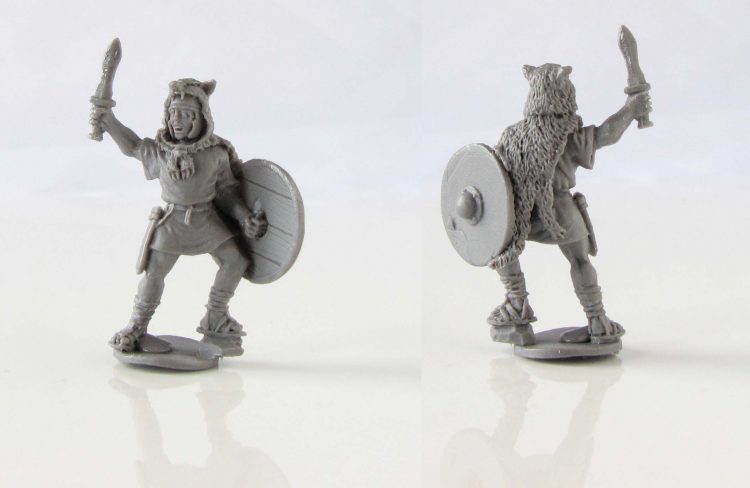
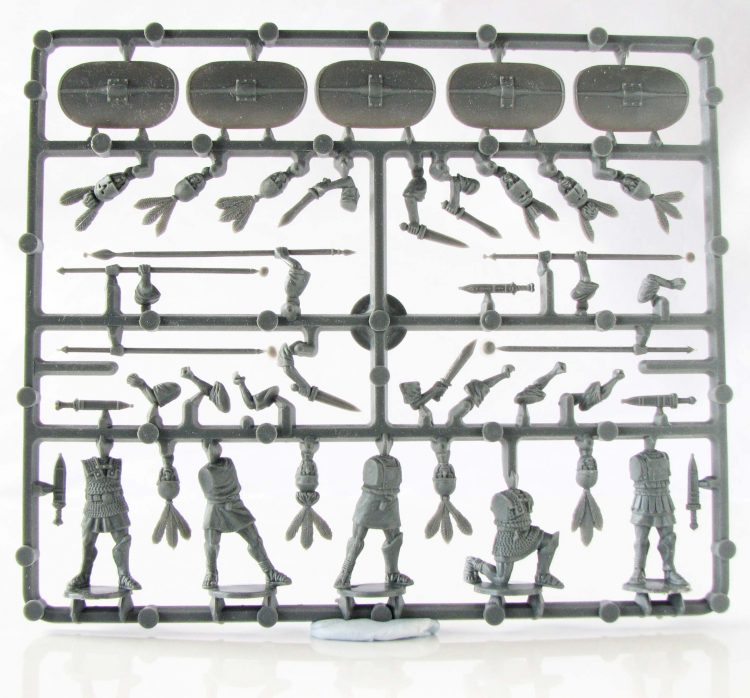
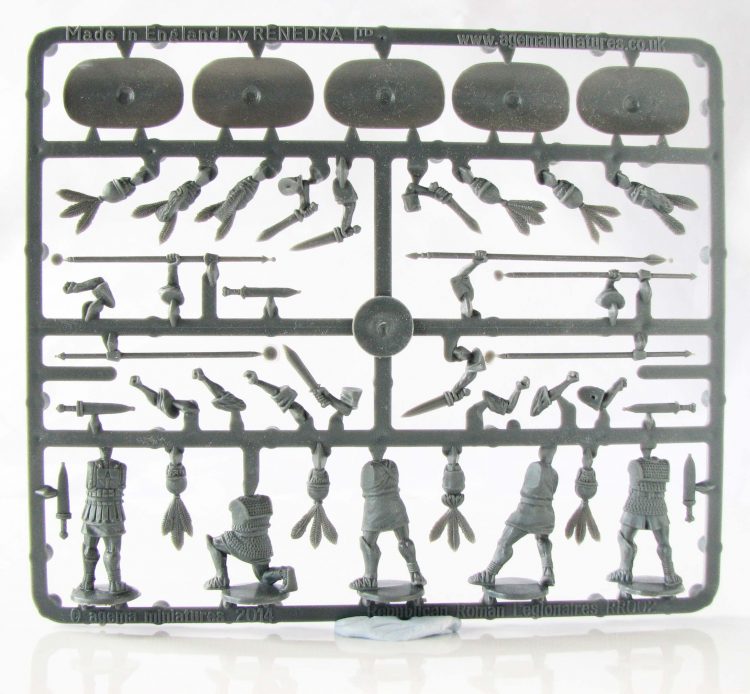
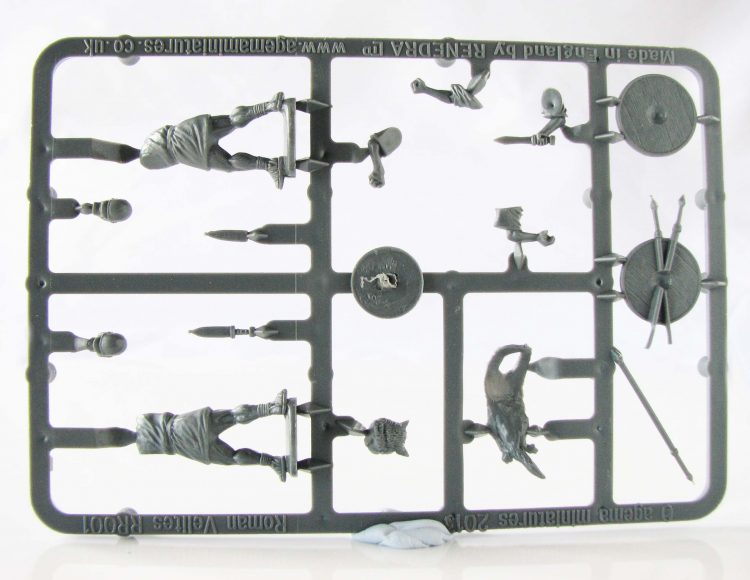
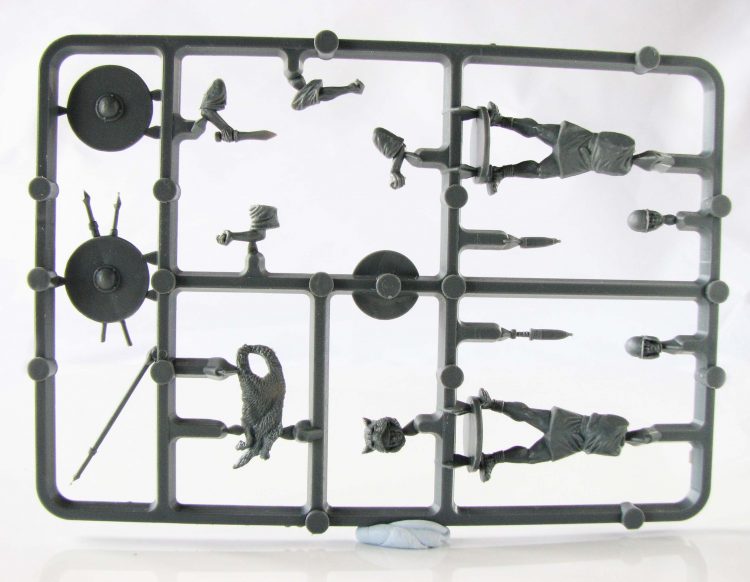
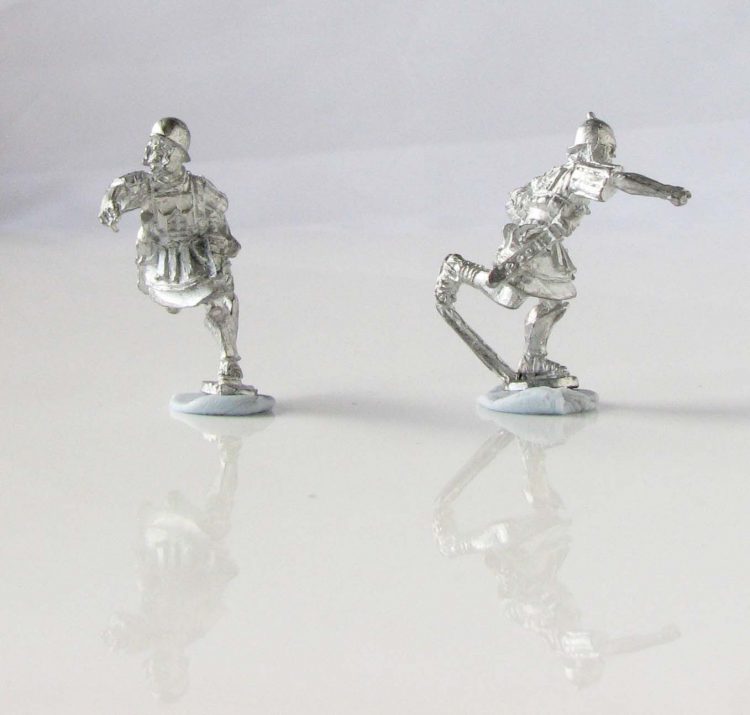
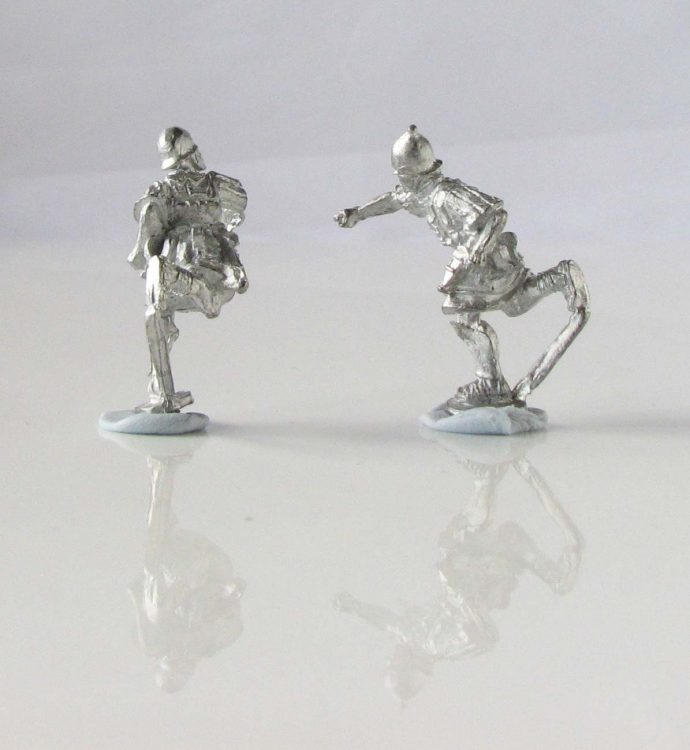
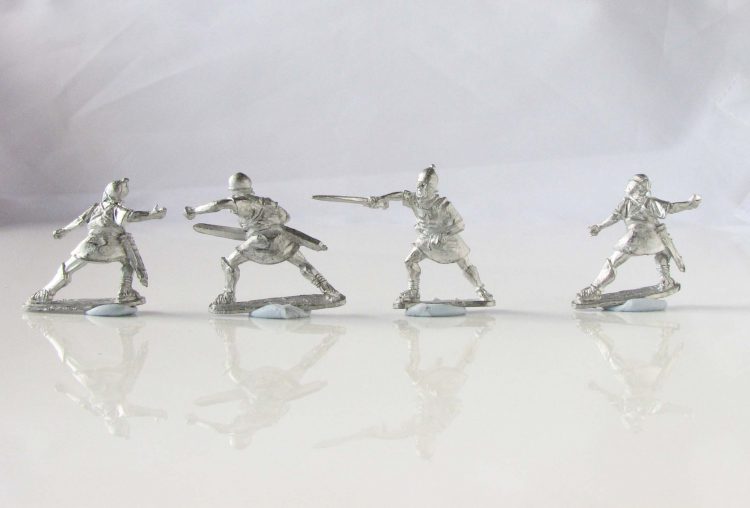
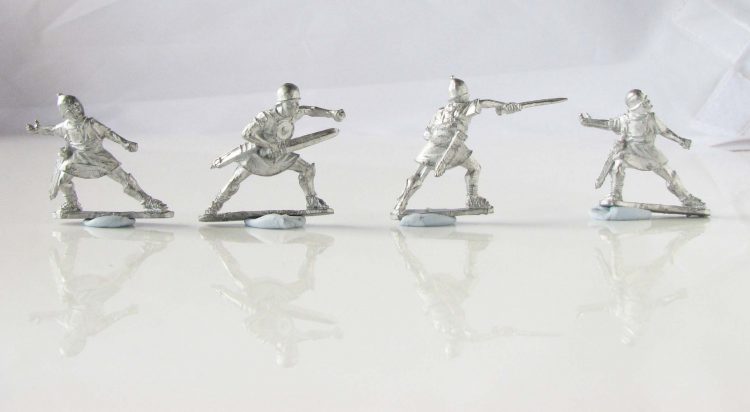
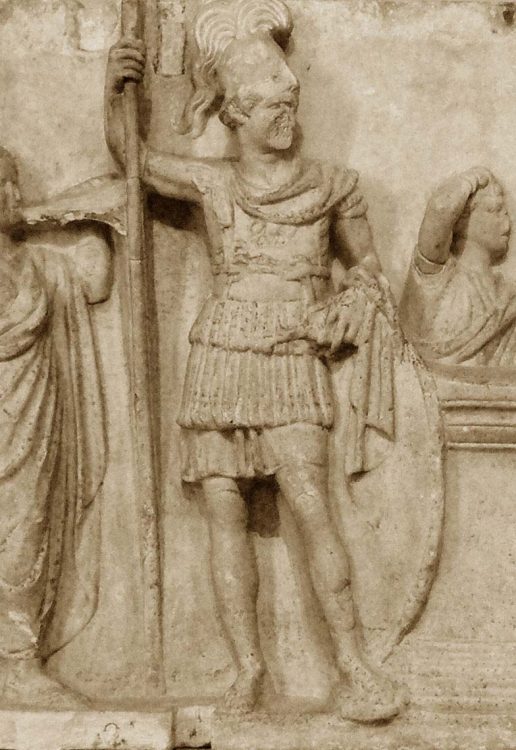
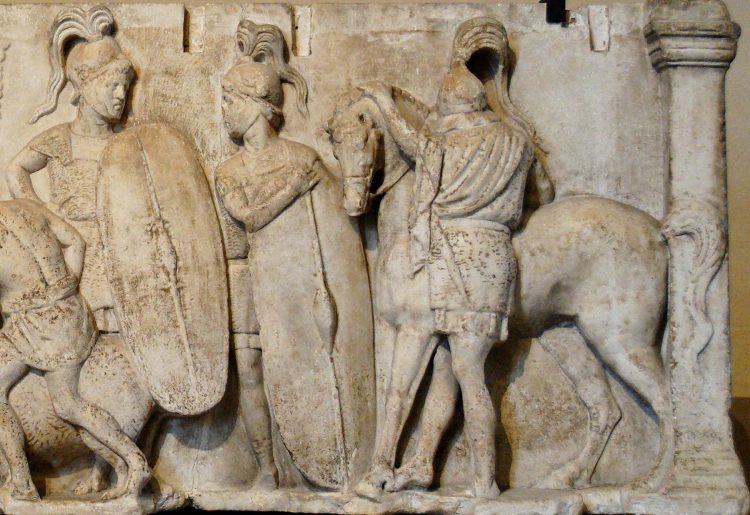

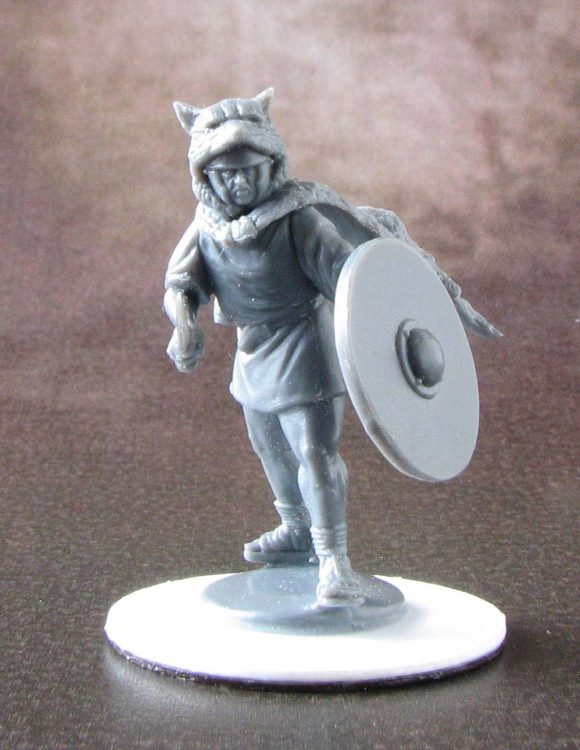
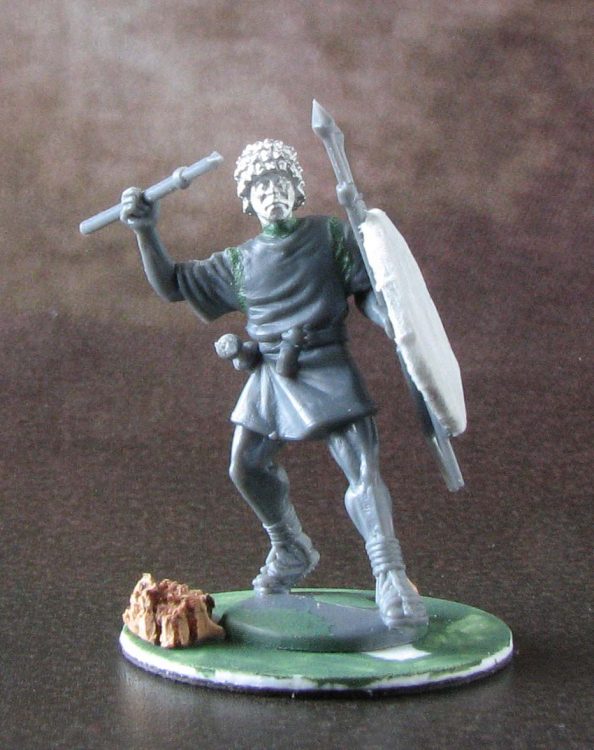
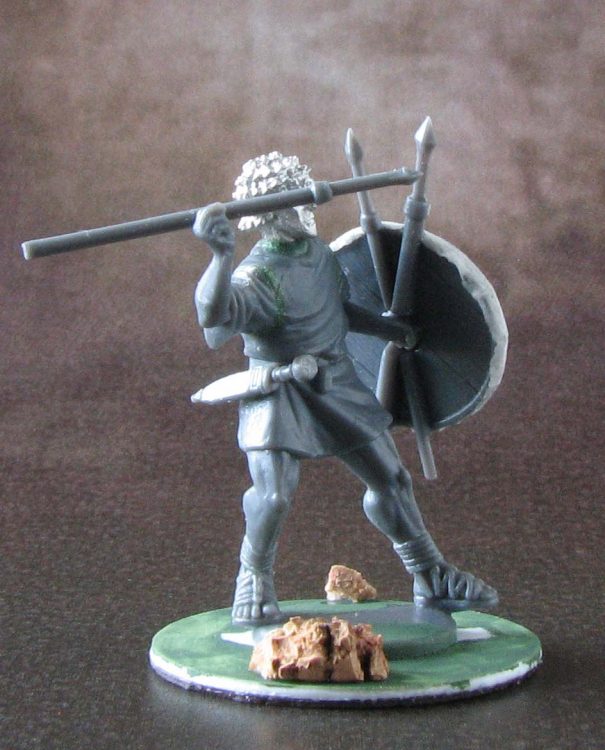
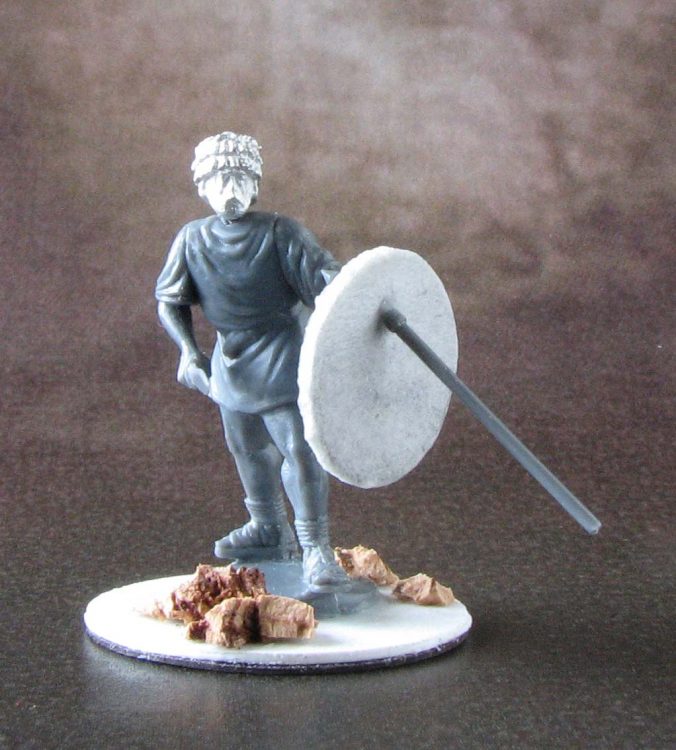
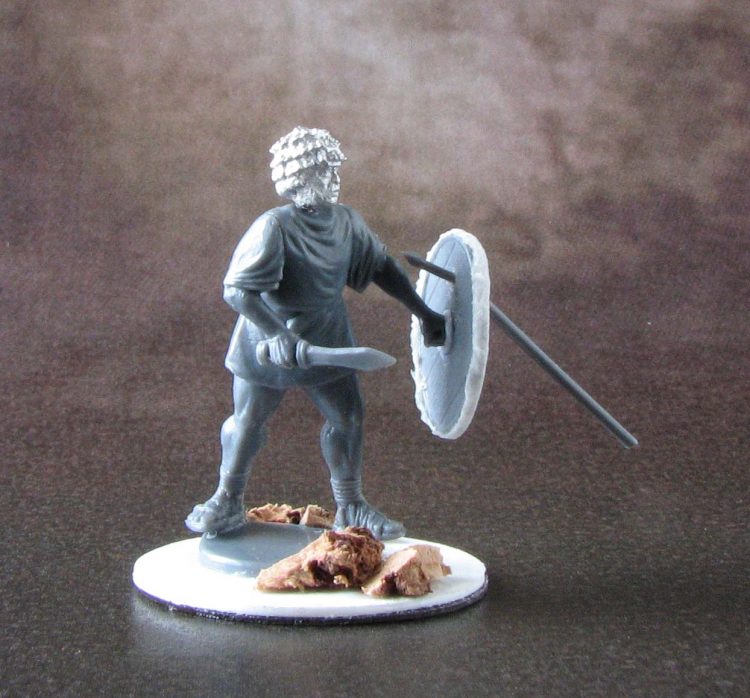
I’ll certainly review the postage arrangements and see whether I can put a better system in place. By the way, Warlord just ordered some more stock of Velites and Legionaries, so available again now 🙂
Cheers
Greg
Dear Greg,
thank you for considering the suggestions. Good to hear that Warlord restocked.
Hi Guys,
With regards to the postage question, it’s very hard for a small manufacturer like ourselves to put in place a system that is easy enough to administer, but sufficient to make sure we do not actually lose money on the post and packing, especially on international orders. We do not ship the sorts of volumes that a distributor such as Warlord does, and therefore can not get the bulk discounts they can from Royal Mail, or offer flat rate postage. The % system seemed the best choice (as also used by the Perrys and other renowned companies).
That said though, if anyone wants to order figures and wants to discuss the P&P with me, please just drop me a line. As said we don’t make any money on this part of our business so I’m happy to discuss alternative arrangements. Oh, and thanks for the review DB!
Greg – Agema Miniatures
Thank you for your statement Greg. Good to know that you offer alternatives to customers.
I understand your situation, Greg – but a percentage-based system still doesn’t work for myself as a consumer – particularly with no mention of VAT being refunded to those outside the UK/EU. (I don’t order direct from the Perrys, either). On a hundred quid order, there’s already 20 quid from the Not-VAT there to go towards postage without another 25 quid on top! (Unless you do automatically remove the VAT, in which case I apologise).
Putting aside larger businesses like Warlord and Wayland, there still seem to be plenty of small retailers in the UK who seem to have working systems in place for low-cost shipping to the consumer, including even the non-UK consumer (Firestorm, Troll Trader, Arcane) so clearly it’s doable without needing to shift the amount of product that Warlord does. Perhaps working out weights of the individual SKUs that you stock and cross-referencing that with the weight/price from the post? I know that’s what Andy at Heresy uses, and he’s pretty much been a one-man shop for most of the last few years (until recently – now he has a minion!) Hasslefree aren’t a lot different, and they’re essentially just the Whites and the Blacks.
I’ve always had the impression that many of the hobby producers and vendors, particularly on the historical side and within the UK are on friendly terms. Might it be worth contacting some peers and asking how they work out their shipping to be effective without you losing money on the procedure?
Al the best!
Ahoi Azazel,
it transpires that you can get Agema Miniatures via Bad Squiddo Games, as Annie orders every week from North Star. She only charges a flat rate of 3.95 GBP for international shipping (except really large and heavy orders). I think with such a good deal (and Annies diverse stock of miniatures (including Reaper) this really makes the Agema miniatures more accessible. Just send her a message as she won’t have those on her website.
Thanks for the extremely detailed and professional review.
You are very welcome. Glad you enjoyed the review :).
Fantastic, detailed review. By chance I happen to have ordered Agema’s Republican Roman box in my Warlord order from Boxing Day based on the images of quality sculpting, and now I look forward to receiving them even more than I did.
I’ve had a look at their website during the reading of your review, and I have to say that I’m horribly disappointed by the outdated “% of your order” method that they use to calculate shipping (with no mention of even refunding the VAT for non-UK orders). This is an unfortunate holdover of two unfortunate habits from the bad old ways of doing business, and despite spending way too much money on models, I refuse to do business with any merchant using this method. We’re in the middle of the second decade of the 21st century! Add 25% of the cost to my order? Uh, no. I’ll buy from Warlord or Arcane or Firestorm et al. – and let that 20% that would have gone to VAT pay for my shipping rather than pay 20% plus 25% on top!
Now I just need to wait for Warlord to restock the Velites. 🙂
A fair point, which I did actually not think or write about in the review, but will now add. I paid 10 GBP shipping to New Zealand for my order of around 30 GPB, so about 22 Dollars. However, I am unfortunately used to such prices and in terms of shipping items to other countries this seems to be a reasonable charge. It might still be a good idea to introduce a flat rate or to ship at actual shipping costs (plus packaging and handling) as this might get quite expensive on large orders. Warlord as a distributor is also a good option. Thank you for adding this to the review, as I think it is important information.
No problem. I also order frequently (I pretty much have something coming in from the UK or US to me here in Oz every week) but I’m very sensitive to price and shipping – and the way it’s handled by various companies make it very much a “make or break” factor – along with good customer service. It looks like Greg certainly has quality customer service down, so hopefully he’s able to work out something for the former at some stage that doesn’t cost or lose him money.